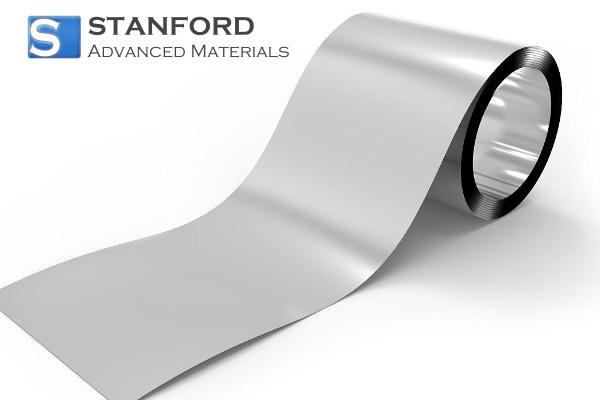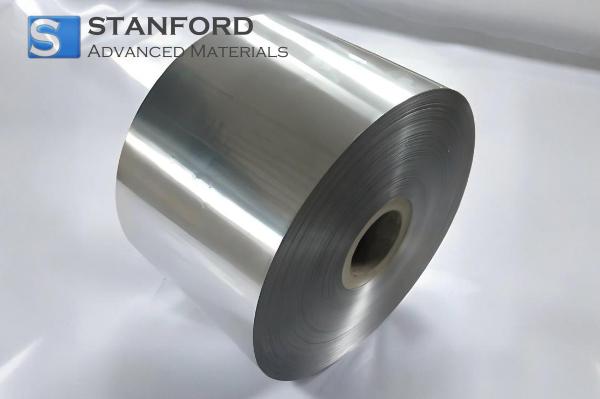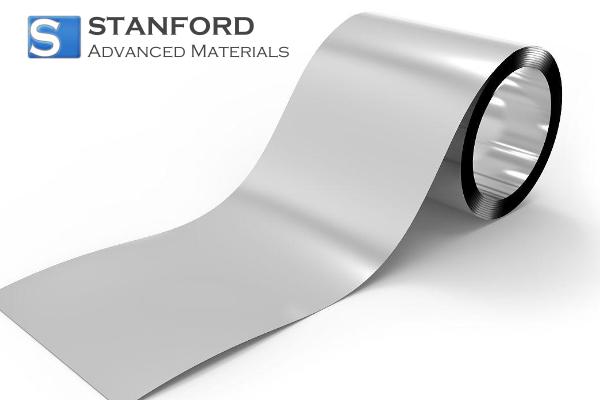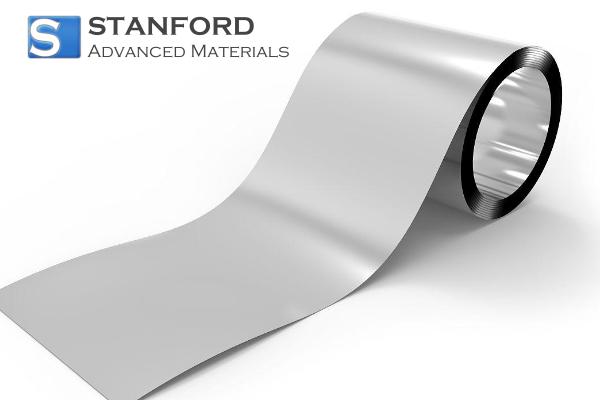Moscovium: Element Properties And Uses
Description
Moscovium is a synthetic radioactive element. It possesses chemical and physical properties that affect scientific research and industrial applications.
Introduction to the Element
Moscovium, with atomic number 115, is an element produced in specialised laboratories using nuclear reactions. This superheavy element occupies a defined position at the end of the periodic table and is known for its extremely short half-life and high radioactivity.
Moscovium is produced by colliding lighter atomic nuclei with heavier target elements under controlled conditions in laboratories. Researchers generate this element by bombarding heavier targets with ion beams. Although Moscovium exists for only a brief period before decaying into lighter elements, its synthesis validates theoretical models that predict the behaviour of matter under extreme conditions.
Description of the Chemical Properties
The chemical properties of Moscovium have been primarily forecast through theoretical studies and computer simulations. It is expected to exhibit characteristics corresponding to those of other heavy p-block elements. Given its placement in the periodic table, Moscovium is anticipated to present several oxidation states ranging from +1 to +5, with the predominant state still under investigation.
General Usage
Due to its significant instability and brief half-life, Moscovium is not employed in everyday applications. Its principal value is in scientific research, where it assists researchers in testing the limits of nuclear physics and in gathering data on the behaviour of matter under unusual conditions. Further details can be found at Stanford Advanced Materials (SAM).
Preparation Methods
Preparation methods for Moscovium include nuclear fusion reactions performed in particle accelerator facilities. Typically, heavier elements such as Americium or Berkelium are bombarded with lighter ions, for example, Calcium-48. This procedure initiates fusion reactions whereby Moscovium atoms are formed for a brief period before they decay.
Frequently Asked Questions
What is Moscovium?
Moscovium is a synthetic radioactive element with atomic number 115, produced in specialised laboratories using nuclear fusion reactions.
How is Moscovium synthesised?
Heavier elements are bombarded with lighter ions in particle accelerator facilities, resulting in the fusion of atomic nuclei.
What are the chemical properties of Moscovium?
The chemical properties of Moscovium are largely predicted by theoretical models, which indicate characteristics consistent with those of other heavy p-block elements despite relativistic effects.
How is Moscovium commonly used?
Given its significant instability and short half-life, Moscovium is employed solely in scientific research rather than in commercial applications.
What challenges are associated with studying Moscovium?
The principal challenges include its rapid decay and high radioactivity, which restrict experimental observations and data collection.

 Bars
Bars
 Beads & Spheres
Beads & Spheres
 Bolts & Nuts
Bolts & Nuts
 Crucibles
Crucibles
 Discs
Discs
 Fibers & Fabrics
Fibers & Fabrics
 Films
Films
 Flake
Flake
 Foams
Foams
 Foil
Foil
 Granules
Granules
 Honeycombs
Honeycombs
 Ink
Ink
 Laminate
Laminate
 Lumps
Lumps
 Meshes
Meshes
 Metallised Film
Metallised Film
 Plate
Plate
 Powders
Powders
 Rod
Rod
 Sheets
Sheets
 Single Crystals
Single Crystals
 Sputtering Target
Sputtering Target
 Tubes
Tubes
 Washer
Washer
 Wires
Wires
 Converters & Calculators
Converters & Calculators
 Write for Us
Write for Us




 Chin Trento
Chin Trento



